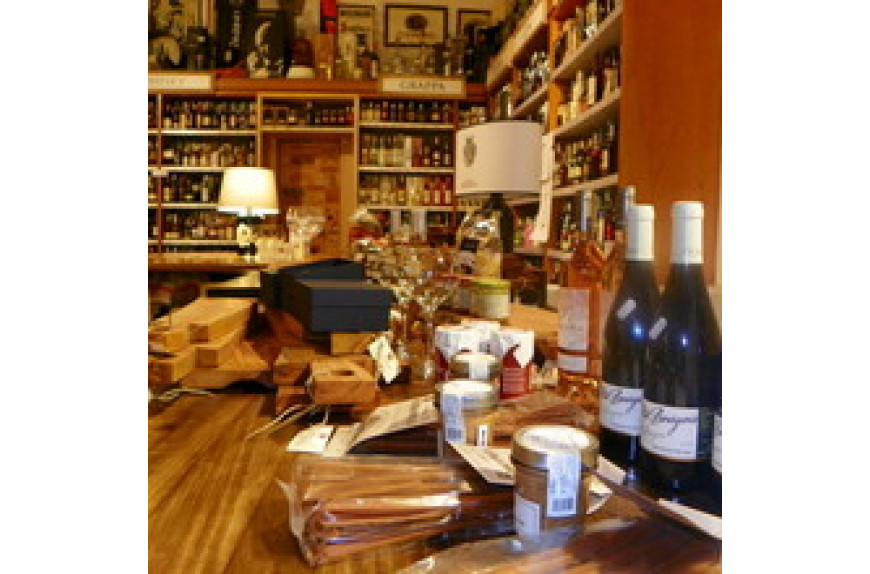L'affascinante storia della Grappa

L'affascinante storia della Grappa
Tags
Categorie
Il nome "Grappa" deriva probabilmente da "graspo" (che viene chiamato anche raspo o rachide), che è la parte verde, "legnosa", del grappolo, su cui sono attaccati gli acini d'uva. Anche per questo distillato, come per tanti altri, l'origine è antica, si parla di distillazione dei graspi con alambicchi (che vennero introdotti in Italia dagli Arabi) già nel xv Secolo. La distillazione di vino o di vinaccia veniva praticata già nel Medioevo, ma il risultato rimase a lungo considerato solo come una bevanda medicamentosa, mentre gli strumenti di distillazione non avevano nulla a che vedere con quelli di oggi; con il passare del tempo, si è imparato a scegliere le parti buone del distillato, tagliandone via la "testa" e la "coda"! La Grappa nel Nord Italia Le regioni con maggiore produzione ed esperienza nella distillazione della Grappa rimangono quelle del nord Italia, e quindi Friuli, Veneto e Piemonte sono in pole - position. Ed è proprio in Piemonte che è stato ritrovato il documento più antico in cui è citata la Grappa: è datato 1443 ed è il pagamento di un dazio doganale per una acquavite di origine enologica, definita nel documento "branda di barbera e moscato"; purtroppo, mancando le indicazioni di produzione su che tipo di alambicco e, soprattutto, se fosse risultante da vitigno o vinaccia, è impossibile portare la Grappa sul podio della classifica cronologica dei distillati! In tutto il nord italia era in uso la distillazione a livello familiare, e, nel 1627 Carlo Emanuele I vieta questa pratica con un editto, cercando di placare la piaga dell'alcolismo (...la storia si ripete sempre) ;-) Conosciuto come distillato grezzo e povero, anche proprio a causa della produzione clandestina, la Grappa non ha mai avuto un disciplinare che facesse ordine nella produzione, questo a discapito di distillatori seri che hanno cercato e studiato il prodotto base, la vinaccia, per poi trovare il sistema migliore per estrarre i profumi migliori eliminando gli alcoli dannosi per la salute: oggi molti distillatori sono arrivati a imbottigliare grappe eccelse, che non hanno nulla da invidiare ad altri più blasonati distillati! Non dimentichiamoci che la grappa è uno dei pochi distillati che si può degustare senza alcun invecchiamento e godere dei suoi aromi immediati; con l'invecchiamento nei legni assume delle caratteristiche più elevate, con sentori più complessi che si allontanano dalla secchezza della Grappa, avvicinandosi tal volta alle morbidezze di un Brandy o un Cognac! La Grappa può essere prodotta con qualsiasi vitigno, mono - vitigno o pluri - vitigno, con alambicchi continui o discontinui... A fuoco diretto o a bagnomaria; inoltre, nell'invecchiamento ognuno è libero di usare botti di diverso legno, nuove o usate e anche sulle barrique usate c'è piena libertà di scelta: legni che hanno contenuto sherry o whisky scozzese o bourbon oppure vino... Massima libertà! Ma non solo ... per ogni distillatore c'è la possibilità di usare il 2% di zucchero sotto forma di caramello, quindi si ha una vastissima quantità di prodotti, con il pericolo che il consumatore è un po' frastornato a comprendere come sia effettivamente il prodotto - grappa! Si passa infatti da un prodotto trasparente proprio come l'acqua a un prodotto che va dal giallo chiaro al giallo dorato, ovviamente con profumi e sapori che cambiano, con la "bianca" (la trasparente) più ruvida, netta a volte aggressiva e secca, mentre le invecchiate sono più morbide, vellutate e con sentori di frutta secca, fermo restando che comunque molto dipende dal vitigno si distilla e, e lo ripetiamo ancora, dal come si distilla! Quindi l'unica cosa certa, e uguale per tutti i distillatori, è che la Grappa è un distillato di vinaccia, mentre i distillati di succo d'uva o vino sono acquavite. Tante sono le differenze con altri distillati e sulla bilancia dei pro e contro si potrebbe parlarne per ore, certo è che le mode, anche nel bere, cambiano e la grappa è ancora legata al momento del dopocena, per esempio non è ancora assimilata in miscelazione, ma i nostri bravi barman e barwoman ci stanno studiando e qualche cocktail molto interessante è già uscito ;-) Quindi beviamola questa Grappa, e da noi all'Enoteca Alessi ne trovi una selezione eccezionale!
